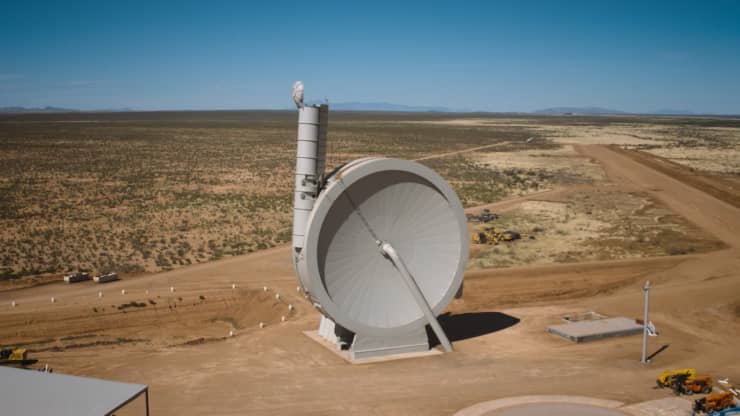The rains have let up, at least for now, in British Columbia, but the unprecedented rainfall of the last few days will have long-term effects. Vancouver, the 4th largest port in North America, is cut off from the rest of Canada as highways and railways are washed out.
From the Eye on the Storm blog:
The heavy rains fell on mountainous areas that, in many cases, had been denuded of vegetation by the destructive wildfires that ravaged the region in late June and early July. These wildfires had been fueled by a record heat wave that brought an insane temperature of 49.6 degrees Celsius (121°F) to Lytton, British Columbia – the hottest temperature ever recorded in Canada. A rapid-response study from the World Weather Attribution program found that this heat wave would have been “virtually impossible without human-caused climate change.” The study estimated that the event was roughly a 1-in-1000-year event in today’s climate, but added, “the observed temperatures were so extreme that they lie far outside the range of historically observed temperatures. This makes it hard to quantify with confidence how rare the event was.”
The atmospheric river also swept into western Washington, which has been doused throughout the autumn by periods of unusually heavy rain. Rainfall from September 1 through November 15 at Seattle’s Sea-Tac International Airport was 15.87″, the most ever measured for that two-and-a-half-month period in data going back to 1945. The airport’s wettest full autumn (Sep-Nov) was in 2006, with 18.61″; that record could certainly fall before month’s end.
The Vancouver Sun reports on the effects on the provinces's infrastructure, already substantially damaged by this summer's heat wave and wildfires.
Owing to several washouts and mudslides, the old southerly route — Highway 3, snaking through the Cascades, Monashees and Selkirk mountains to the Crowsnest Pass in the Rockies — is impassable. The Fraser Canyon route, northward from Hope, about 130 kilometres east of Vancouver, has been smashed by rockslides and waterfalls that burst out of nowhere from the Coast mountains over the weekend.
CP Rail is looking to divert shipping traffic via Portland, Oregon, but restoring east-west overland connections by American routes won’t be easy. Washington State is a mess, too. Floodwaters from the Nooksack River have poured across the Canada-U.S. border into the Fraser Valley. Sumas Lake, an ancient waterbody drained to create farmland back in the 1920s, is a lake again today. Thousands of people have been evacuated.
About 280 kilometres east of Vancouver by a now non-functioning road, the Tulameen and Similkameen Rivers broke their dykes and burst their banks on Monday, and the rivers are now flowing through much of the town of Princeton. The temperature is dropping below freezing, the natural gas line that heats local homes is broken, the town’s water systems are wrecked, and nobody knows when things will be “normal” again.
While Princeton was drowning, the Coldwater River was venting its rage on the town of Merritt, 90 kilometres north of Princeton, and the entire community has been shut down because of the “immediate danger to public health and safety.” Roughly 7,000 people have been ordered to make their way to emergency centres in Kamloops and Kelowna.
A post in Gizmodo looks at how the effects of the wildfires contributed to the disaster.
Wildfires burn off an important layer of vegetation that, Brent Ward, a professor of earth sciences at Simon Fraser University and co-director of the Center for Natural Hazards Research, said “captures some of the rain and can slow it down before it gets into soil.”
Wildfires can also change how the soil interacts with rainfall. “When the organic layer in the upper part of the soil burns, it creates these organic compounds that travel into the upper part of the mineral soil and kind of precipitate,” Ward said. “It’s this waxy substance, and it makes that impervious to water—we call that hydrophobic. The water, instead of kind of centering down into the soil, it can’t go anywhere. It runs off, and runs down the slope, and hits a sort of steeper slope, and it erodes a lot. The sediment that’s eroding is often enough to generate a debris flow.”
And winter is coming.








